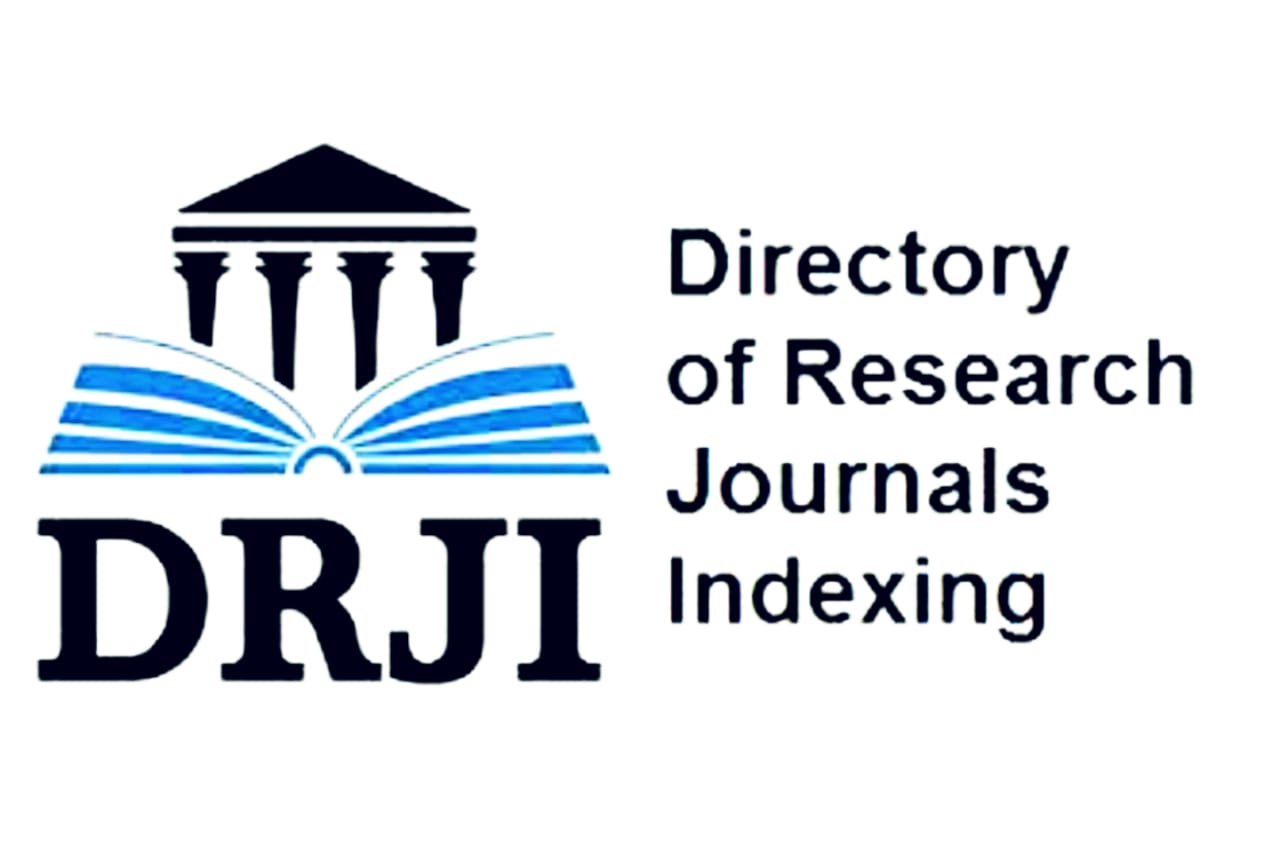Production of biohydrogen from cyanobacteria: current challenges and opportunities
DOI:
https://doi.org/10.26577/ijbch.2021.v14.i1.01Abstract
Sources of renewable energy as a promising alternative to traditional sources operating on oil, natural gas and coal, are currently of great interest. Among the various types of biofuels, biohydrogen is the most clean and valuable fuel, and may be the most promising candidate for the role of environmentally friendly and renewable energy carrier of the future. Photosynthetic microorganisms have attracted special interest as potential cell factories for production of biohydrogen. In combination with photosynthesis, these organisms can use inexpensive inorganic substrates and solar energy to simultaneously biosynthesize and release hydrogen. Most studies focus on using different metabolic strategies to increase the hydrogen yield in different strains of cyanobacteria, including construction of genetic mutants of cyanobacteria with high capacity for biohydrogen production, followed by a well-chosen metabolic approach to increase its yield, and development of the innovative methods for their cultivation. Our laboratory is currently working on the isolation of heterocystic nitrogen-fixing cyanobacteria cultures from natural sources, as well as on the study of their morphological and cultural properties for use in biotechnology. The fundamental achievements made in these areas are summarized in this review.
Downloads
How to Cite
Issue
Section
License
Copyright (c) 2021 International Journal of Biology and Chemistry

This work is licensed under a Creative Commons Attribution-NonCommercial-NoDerivatives 4.0 International License.
ааа
















